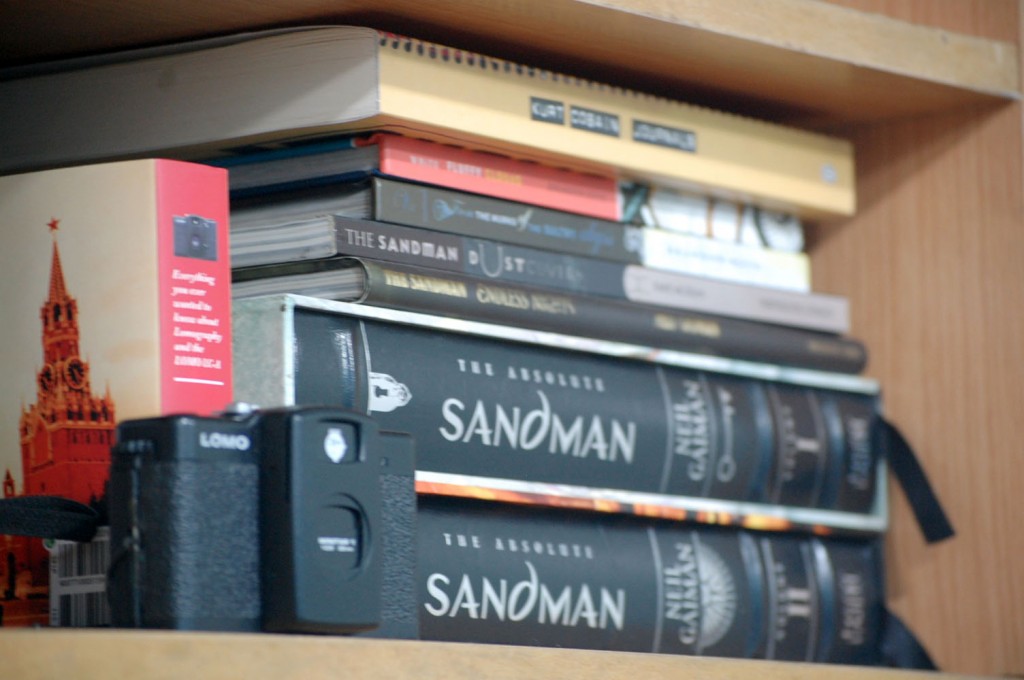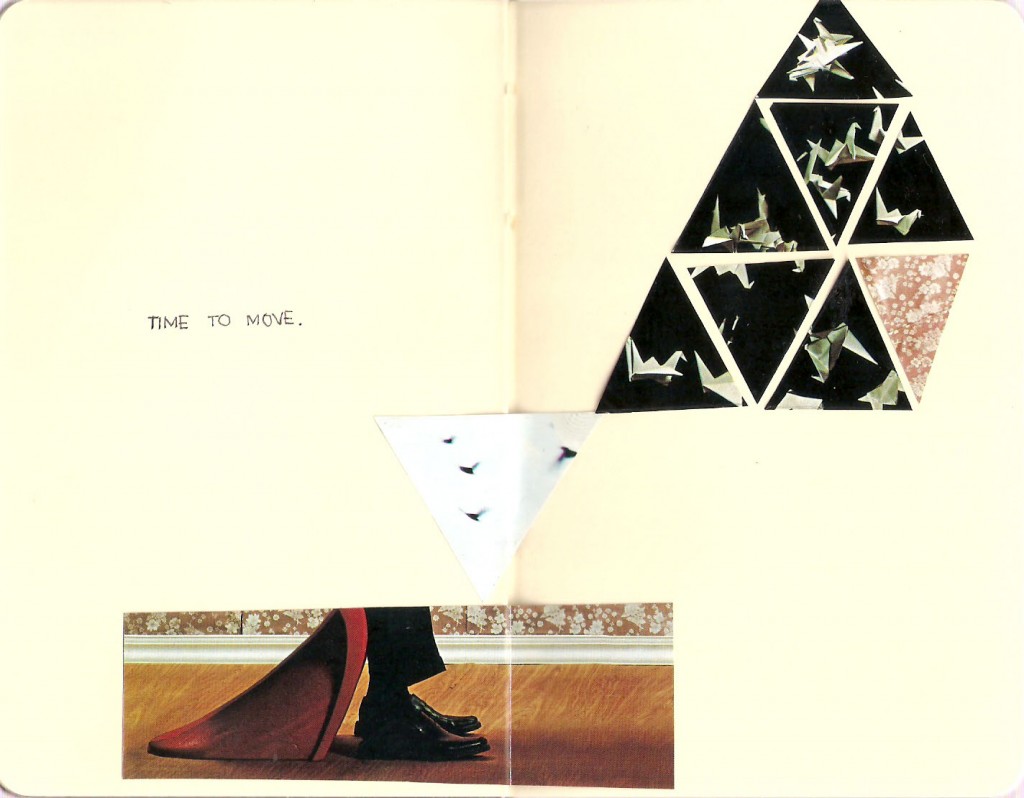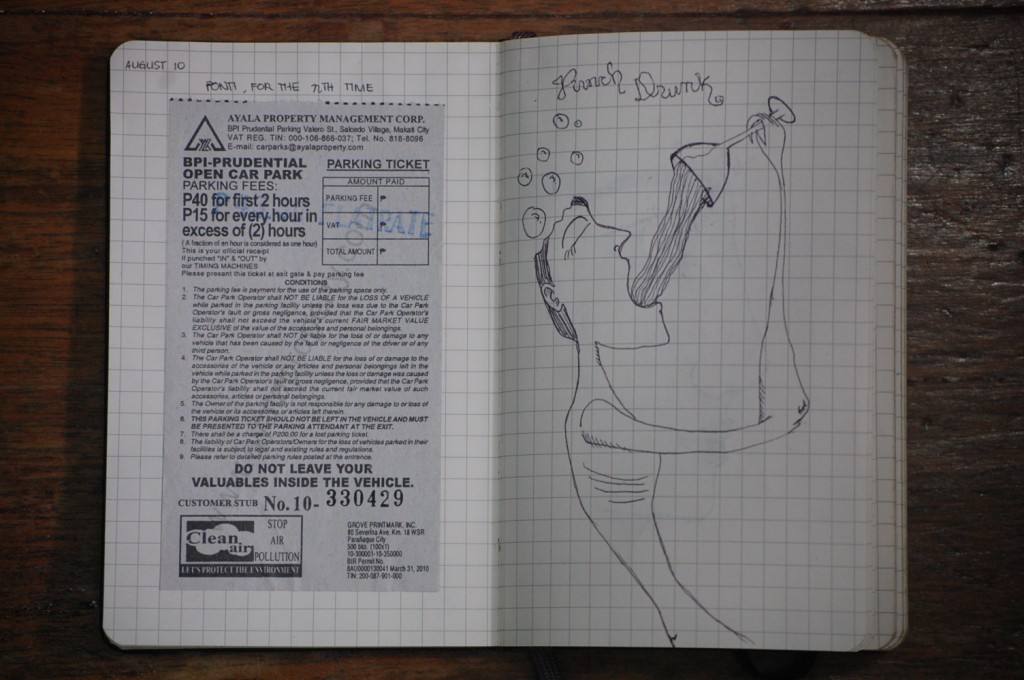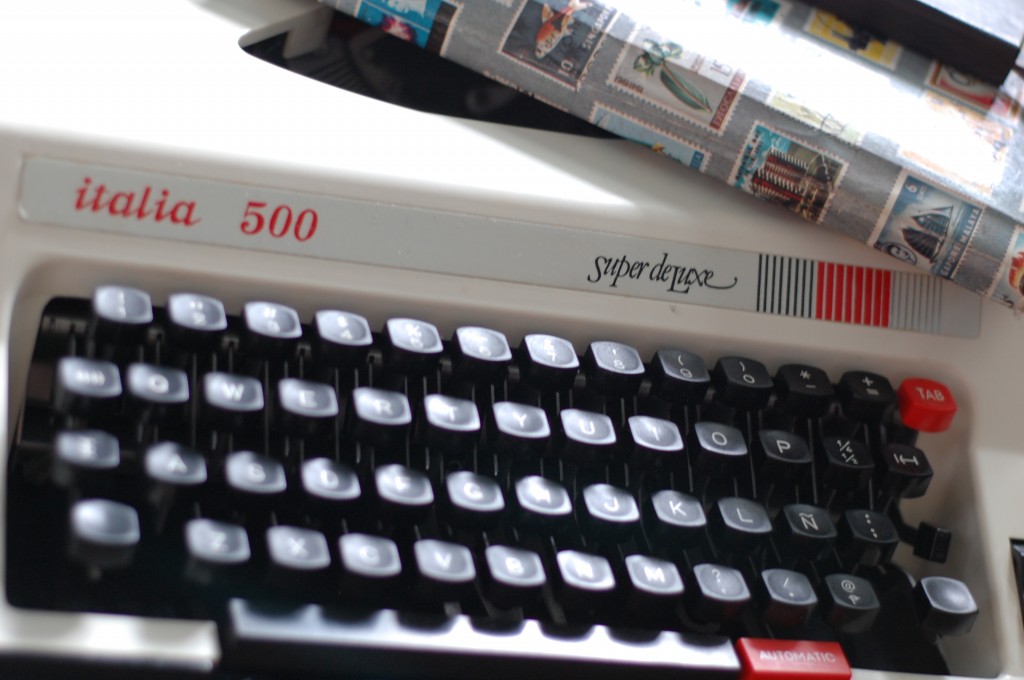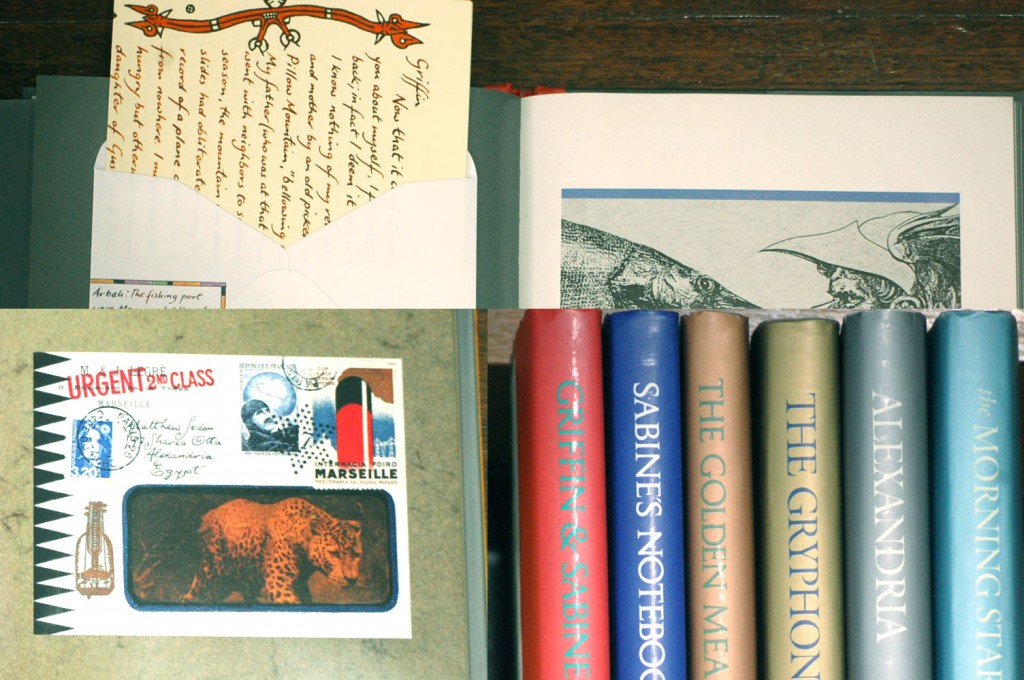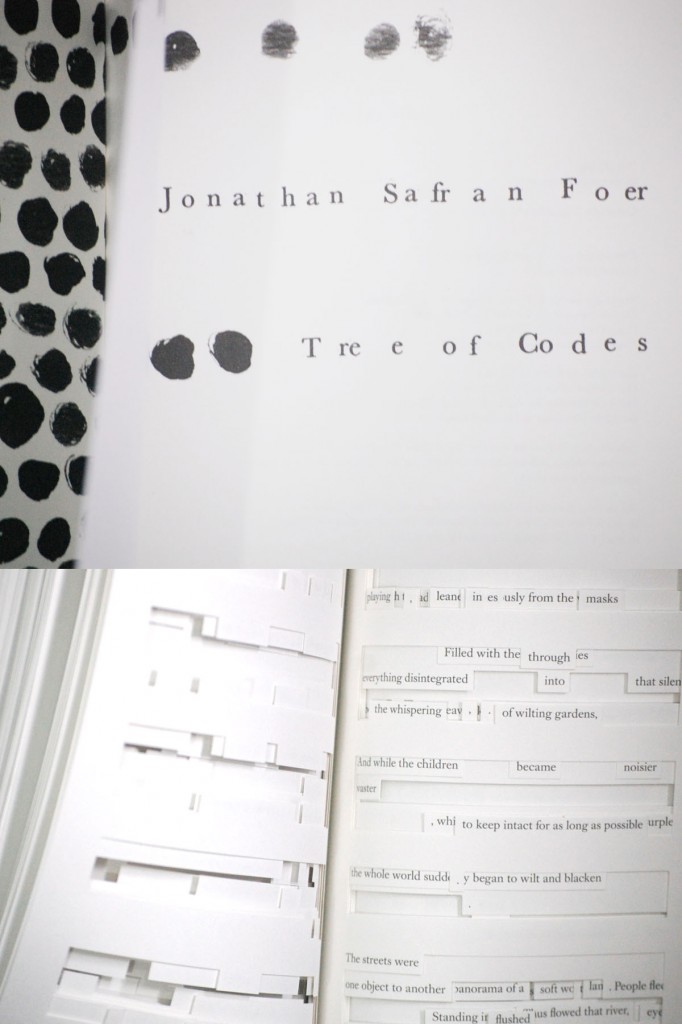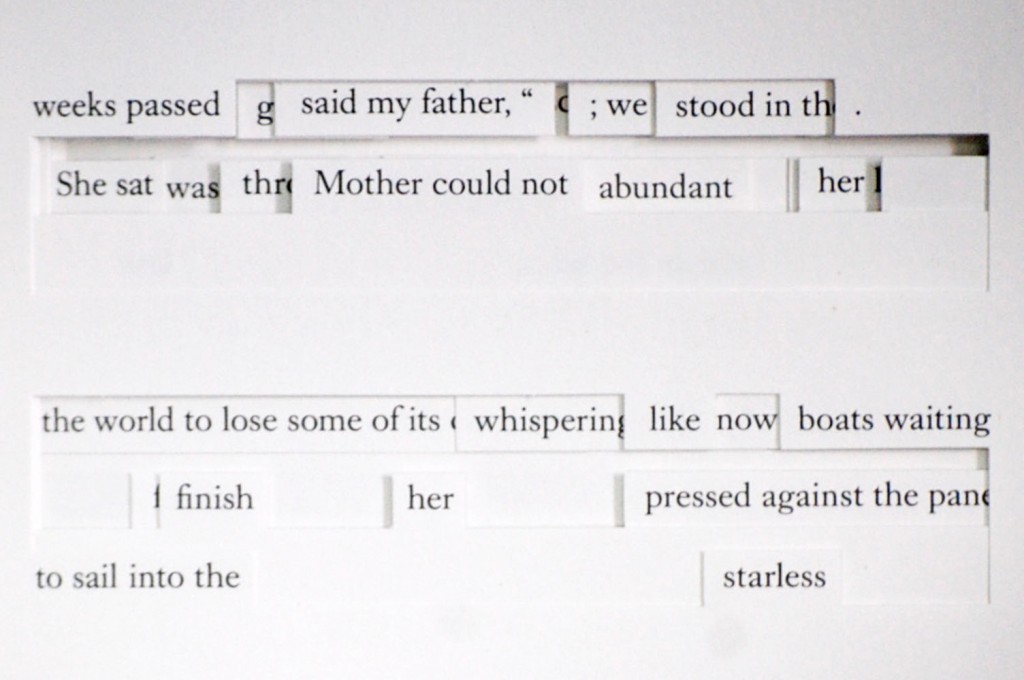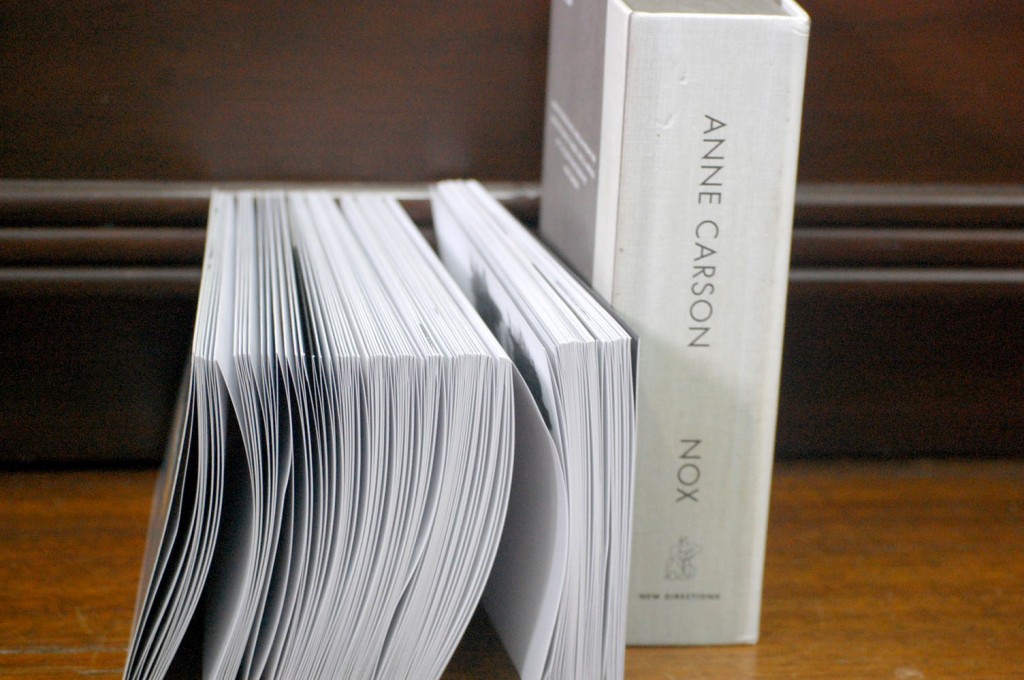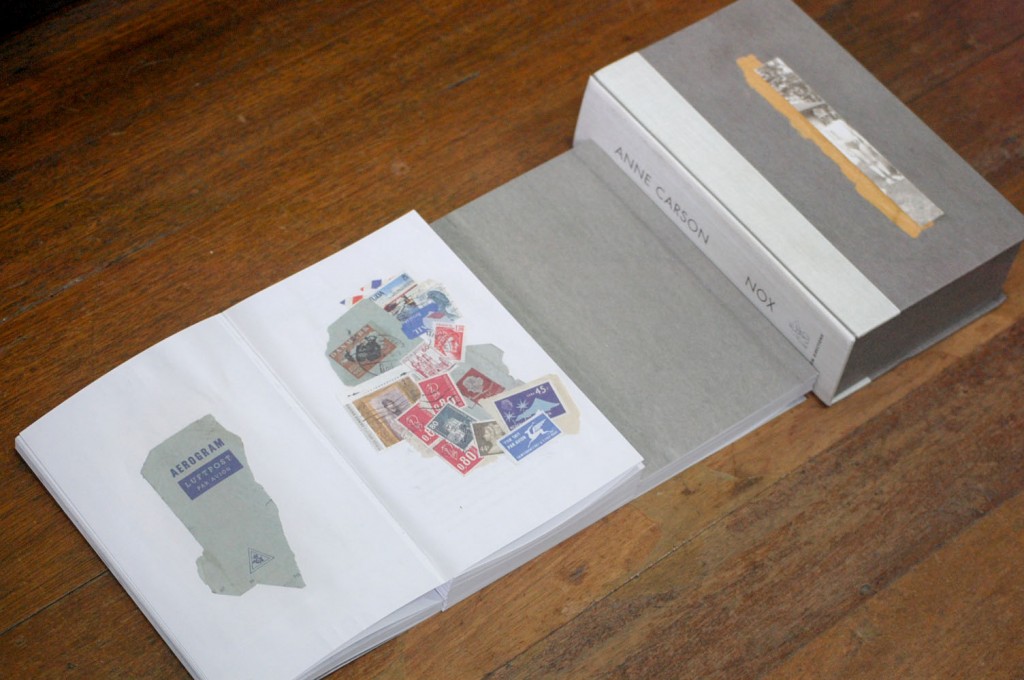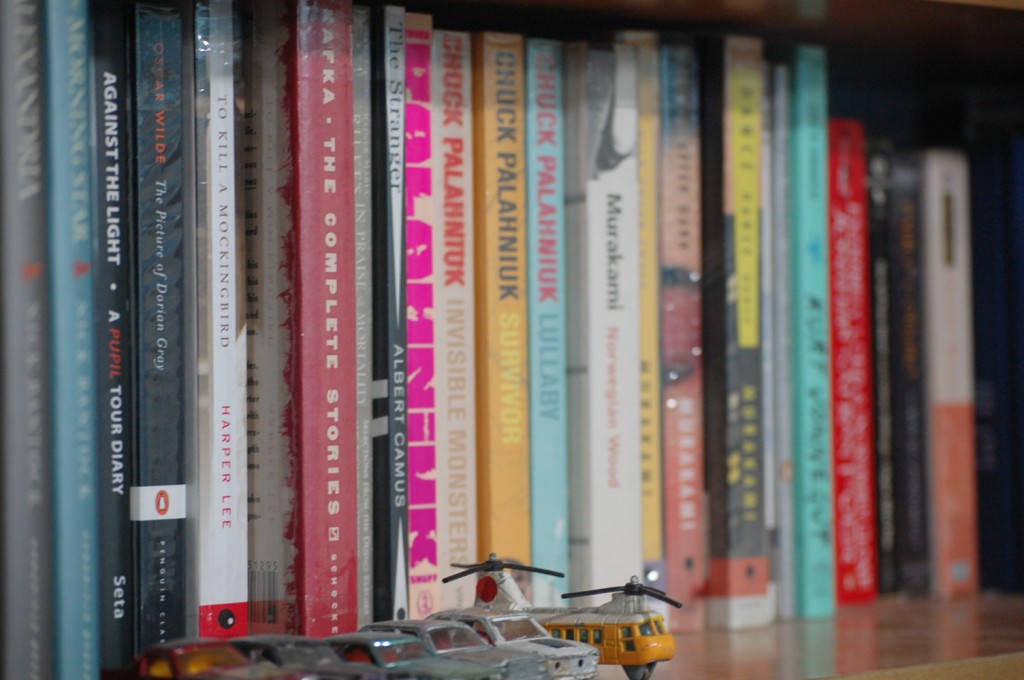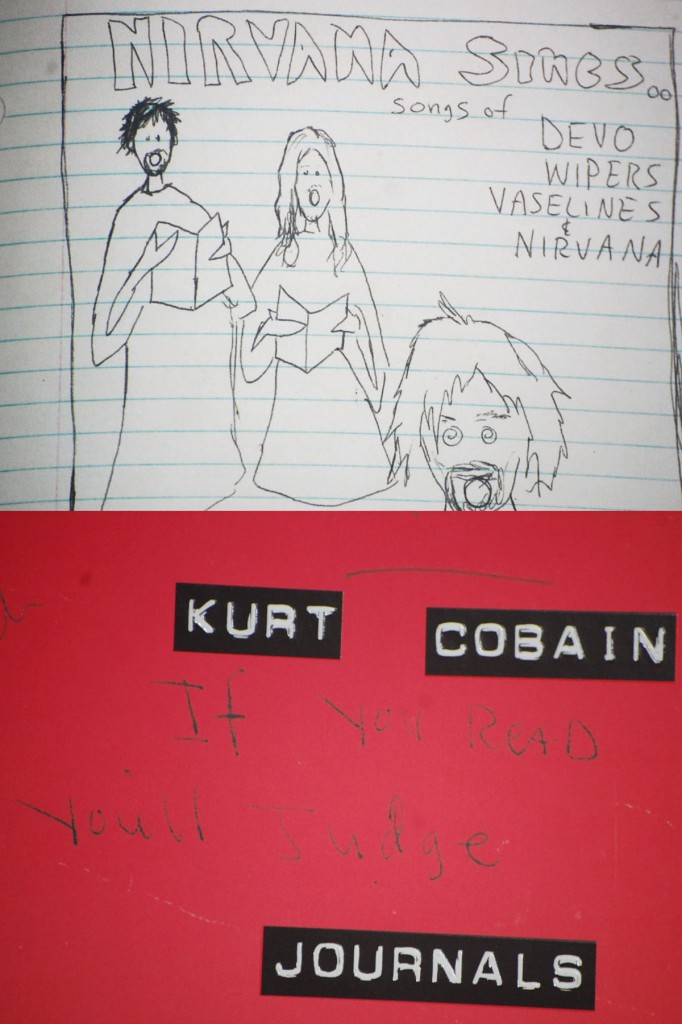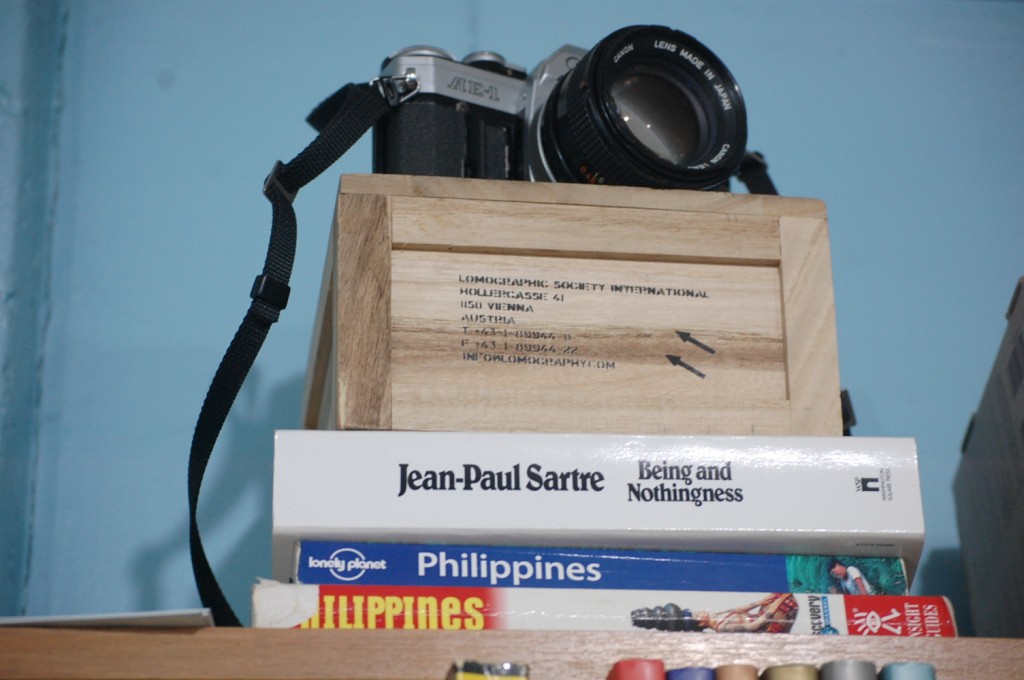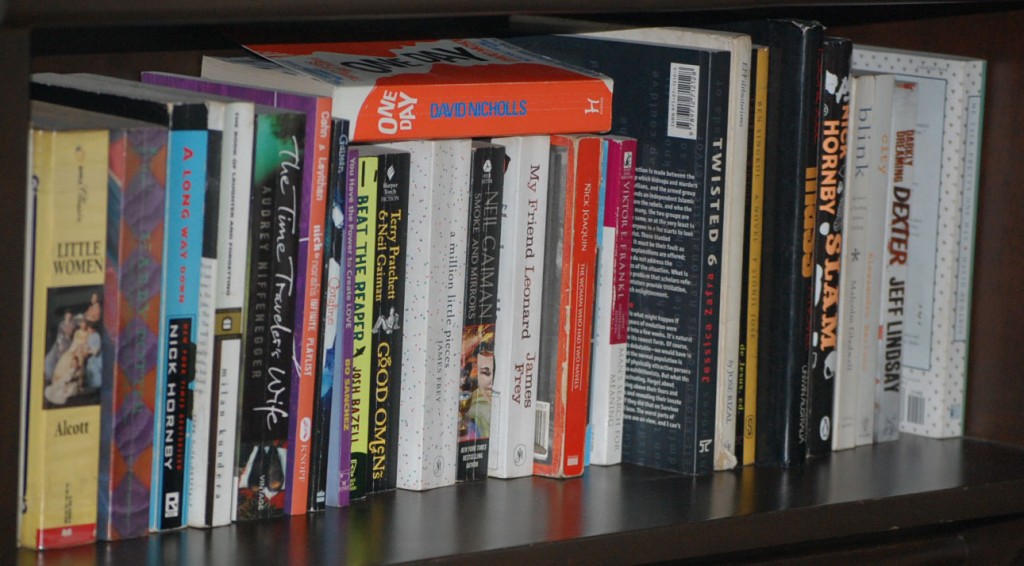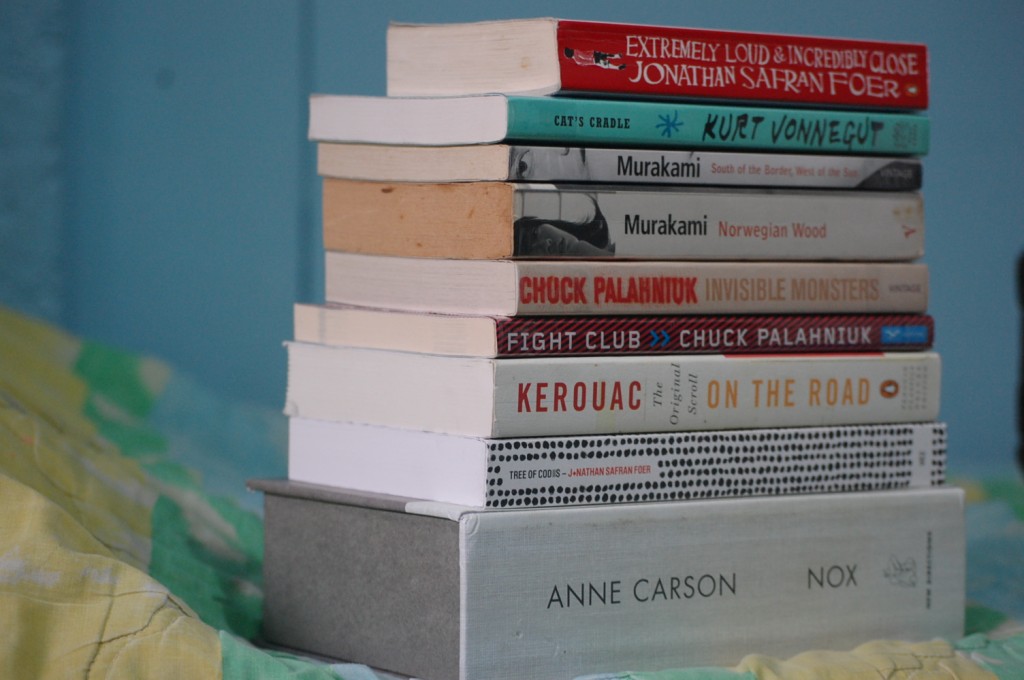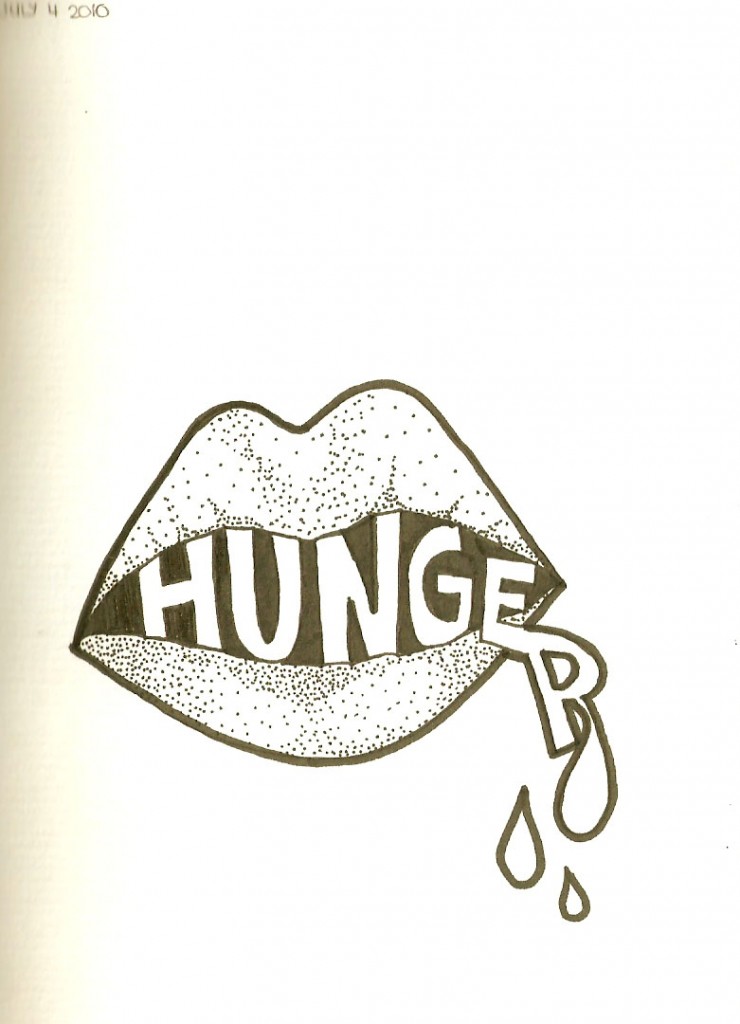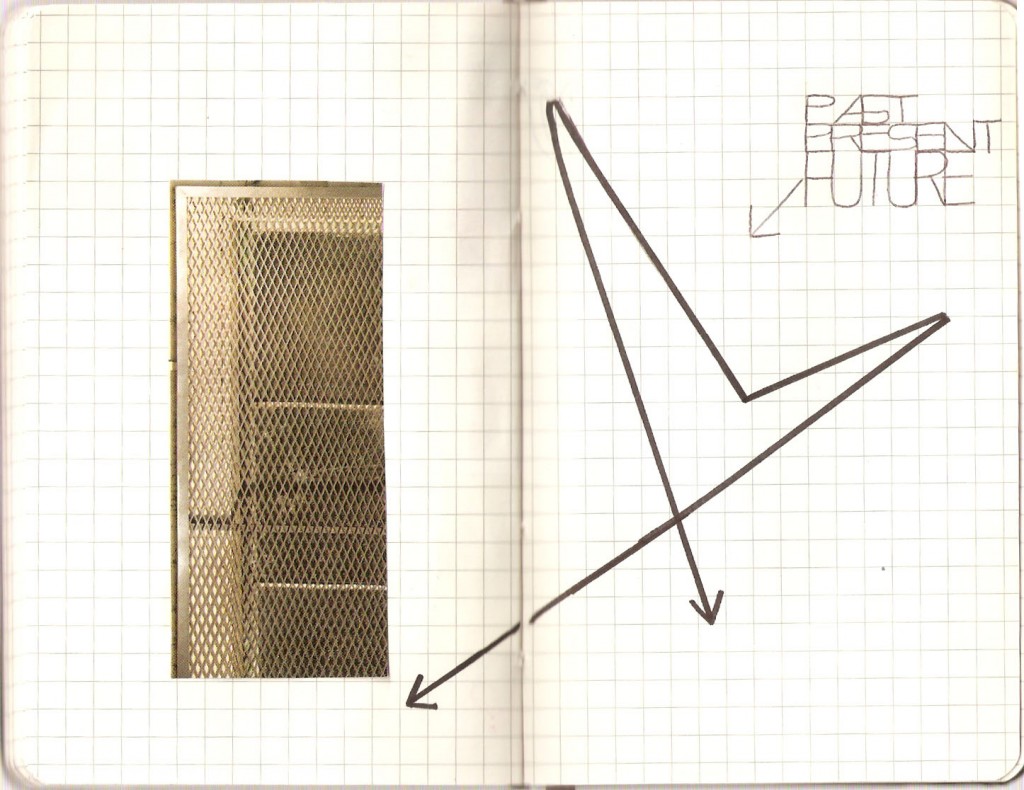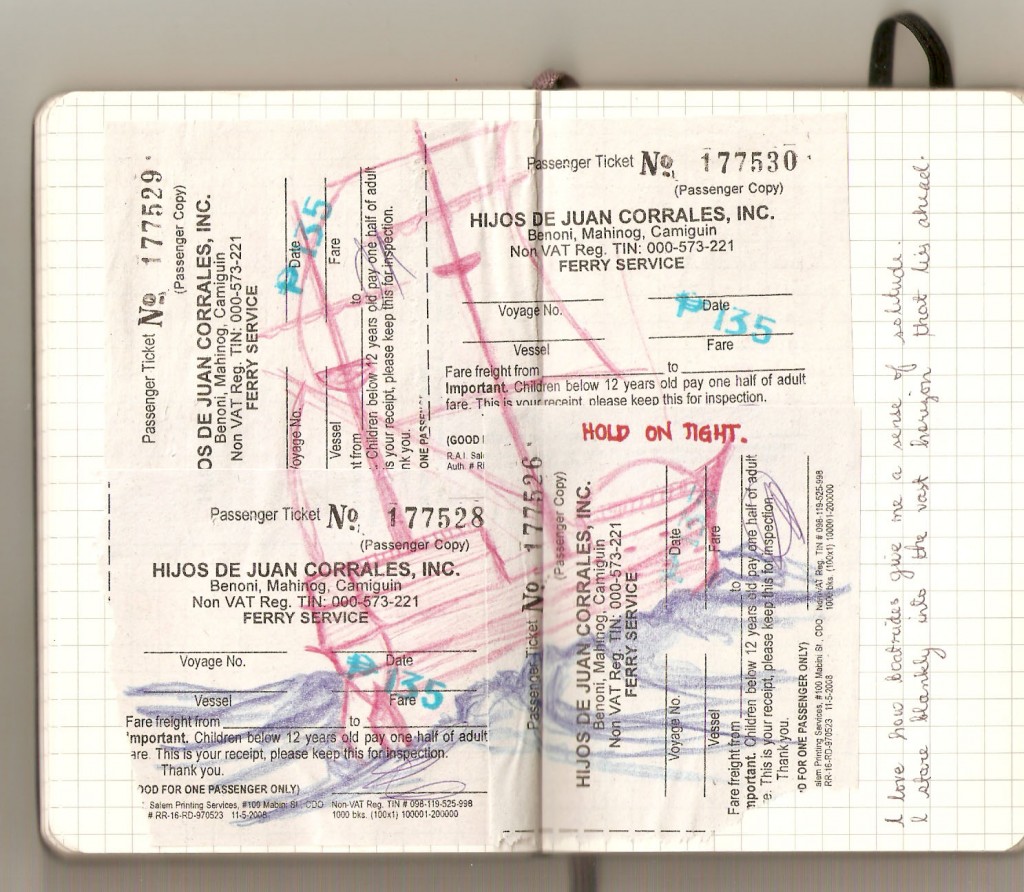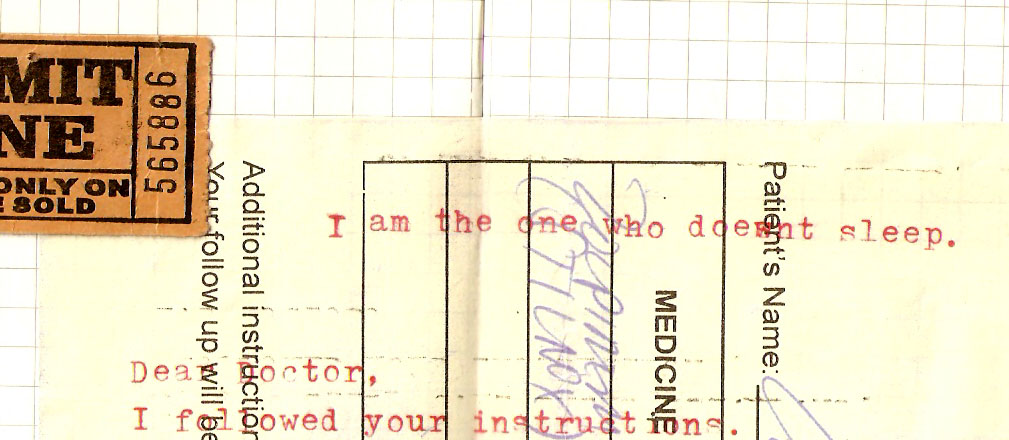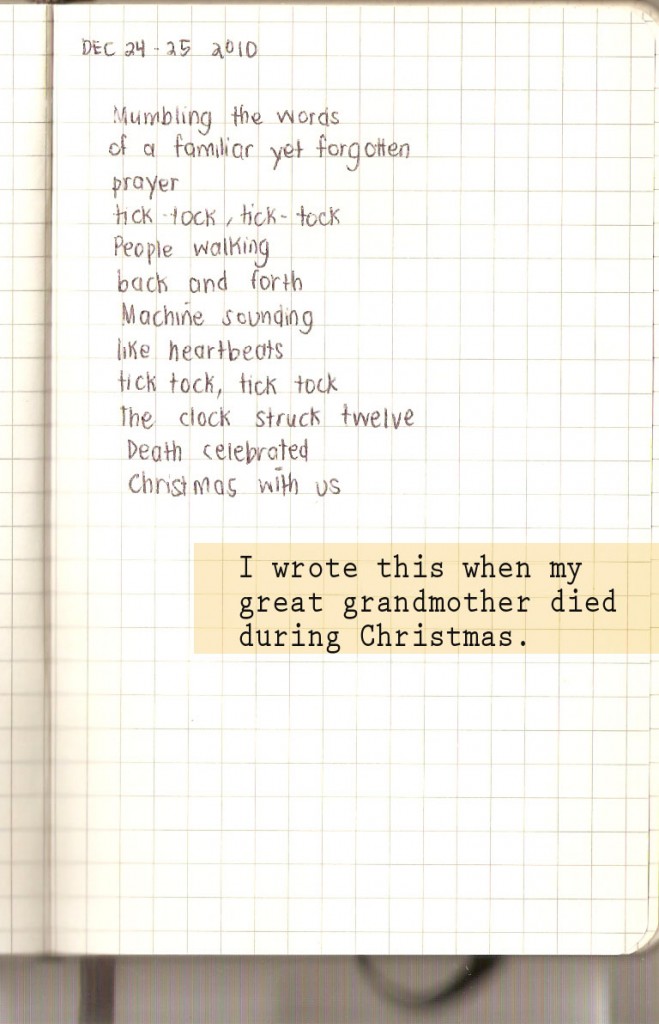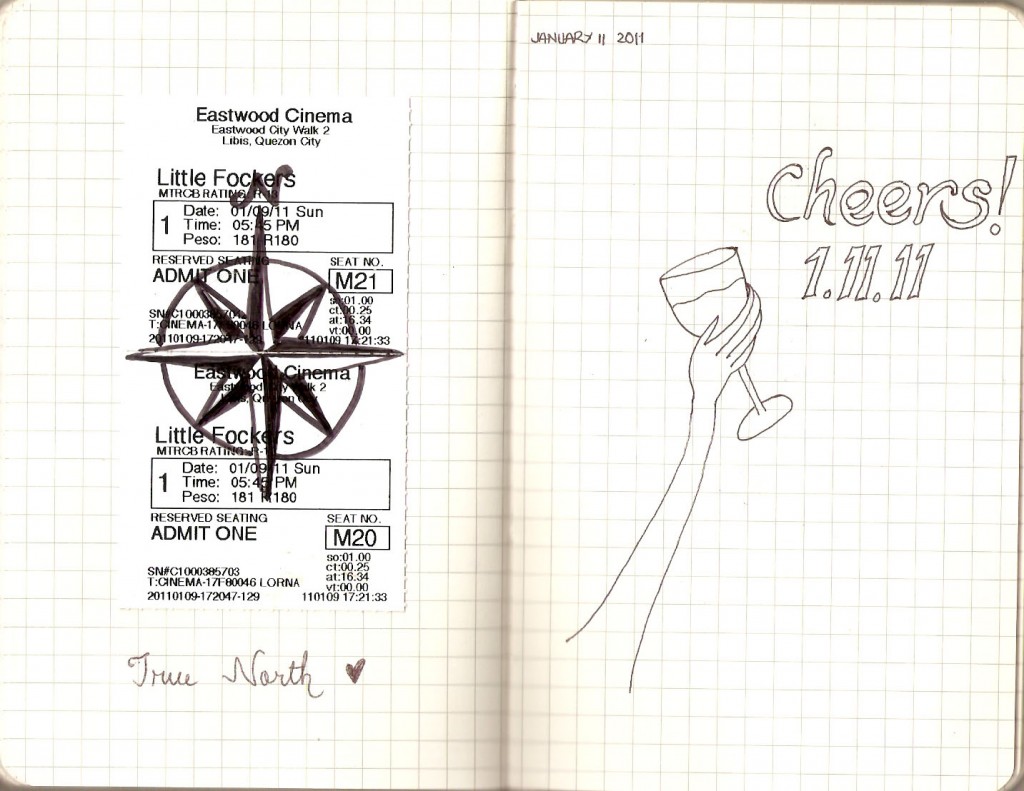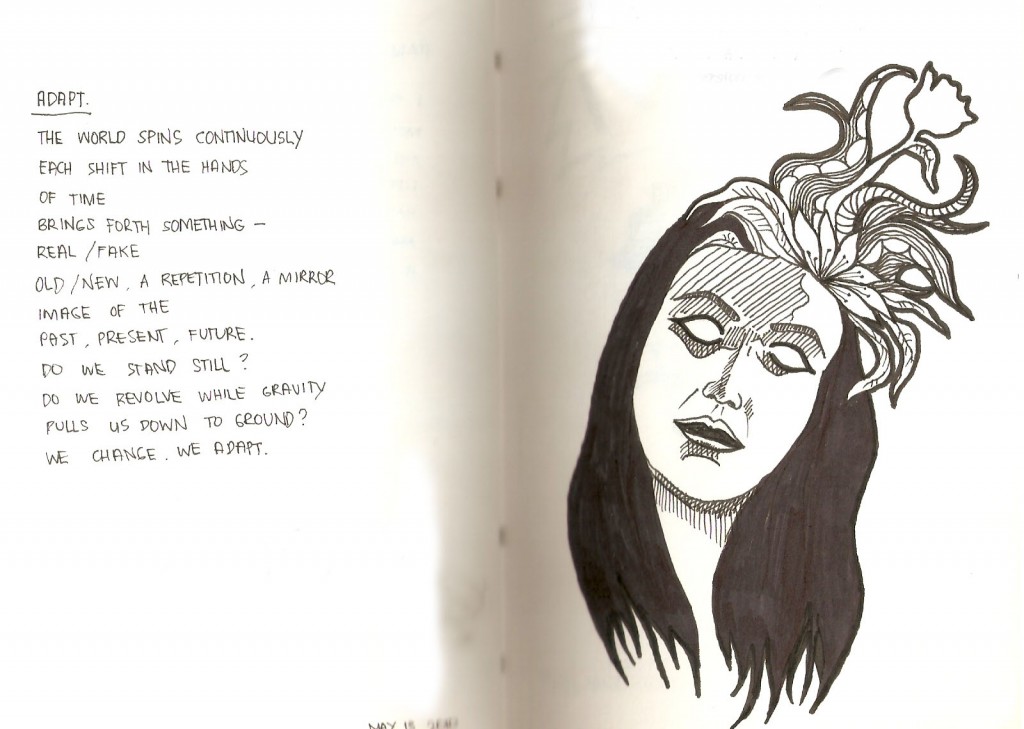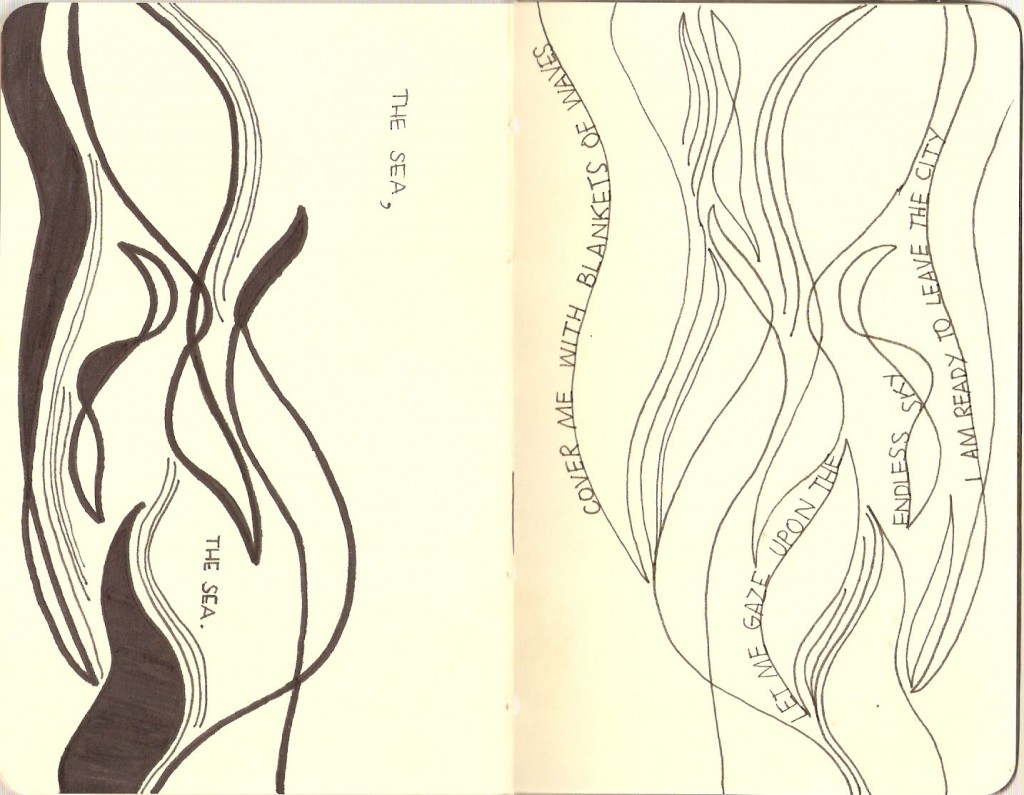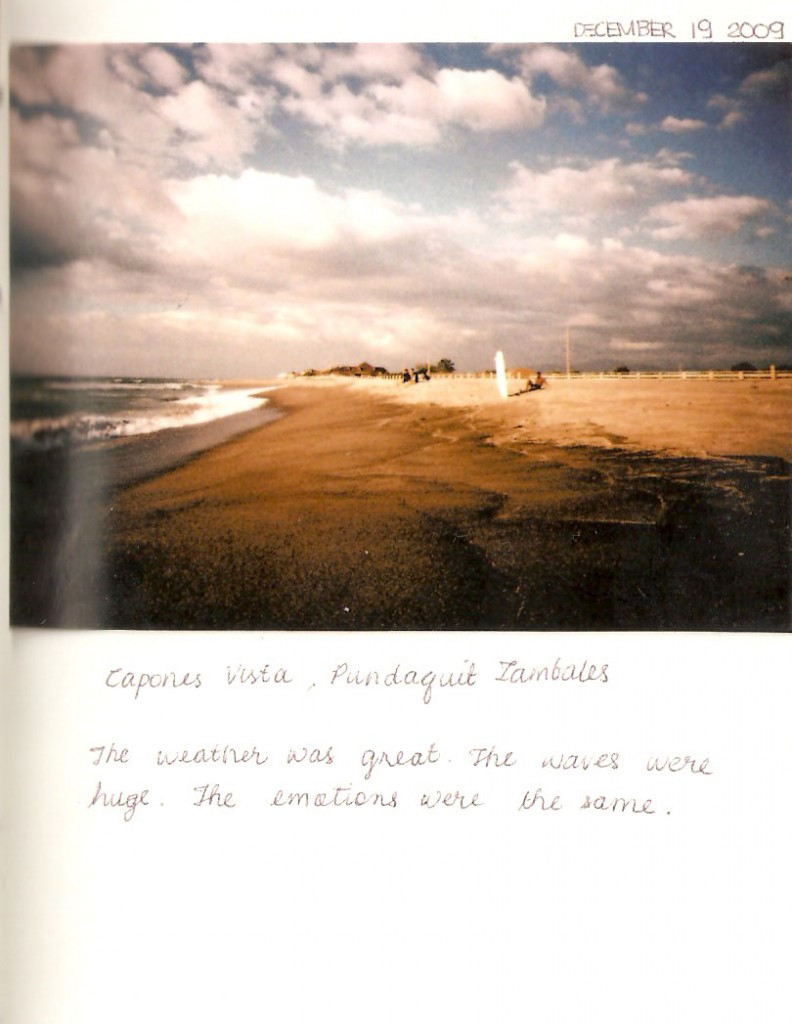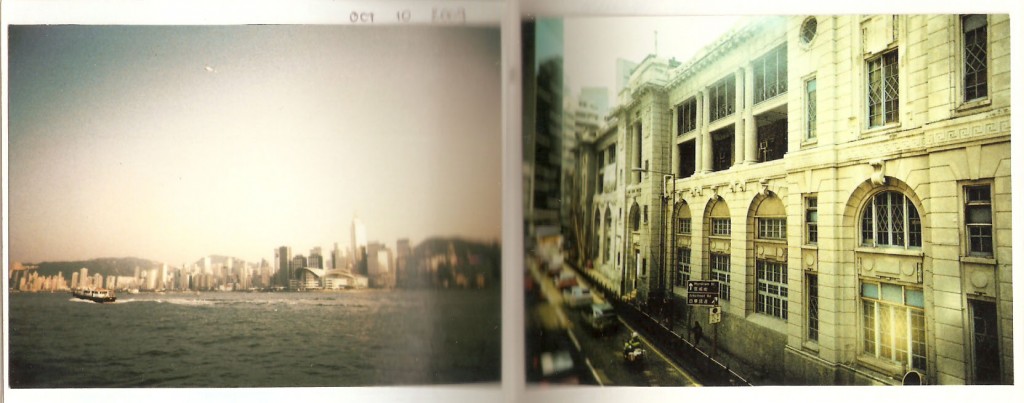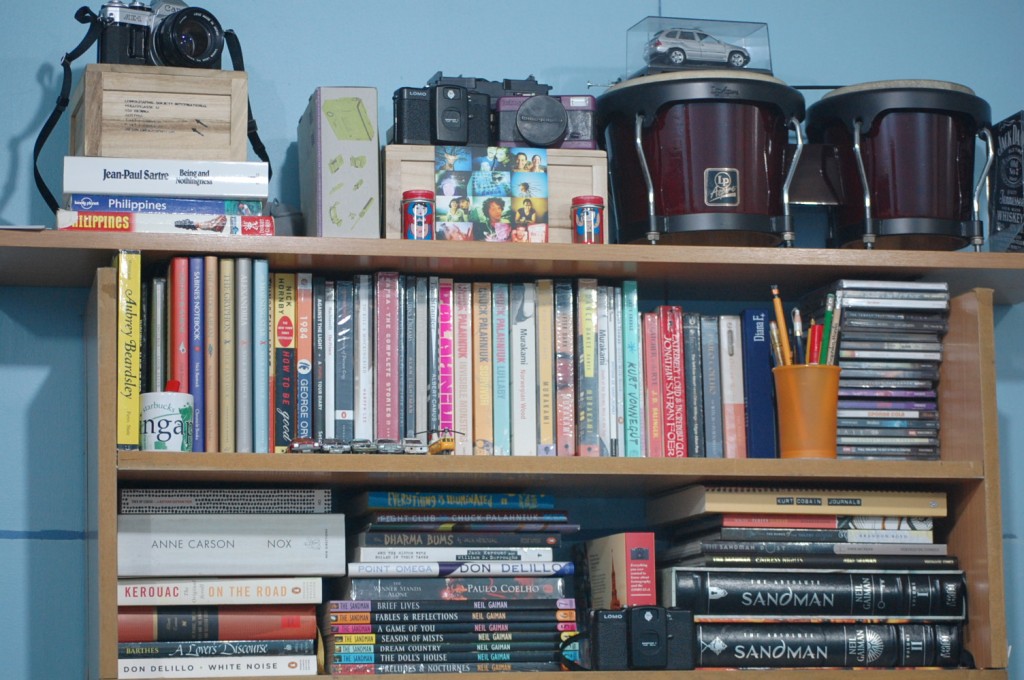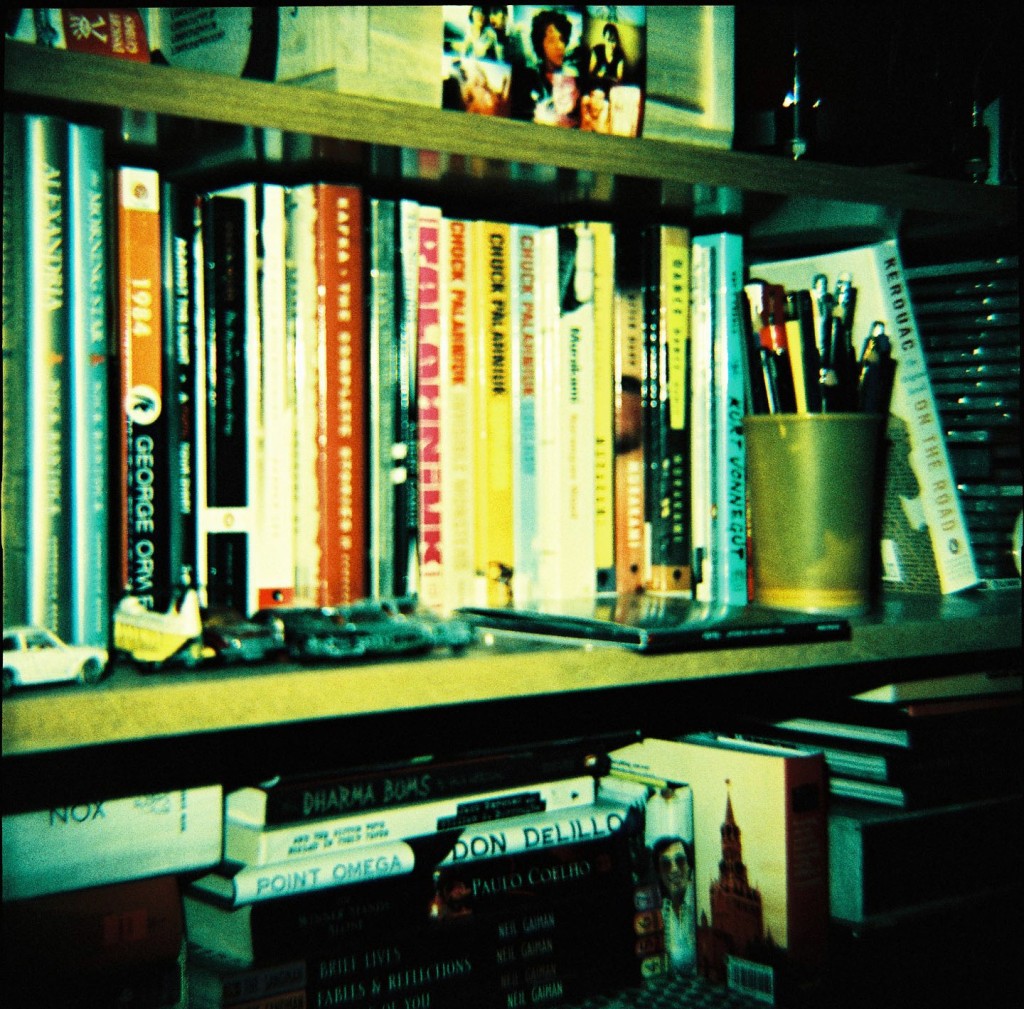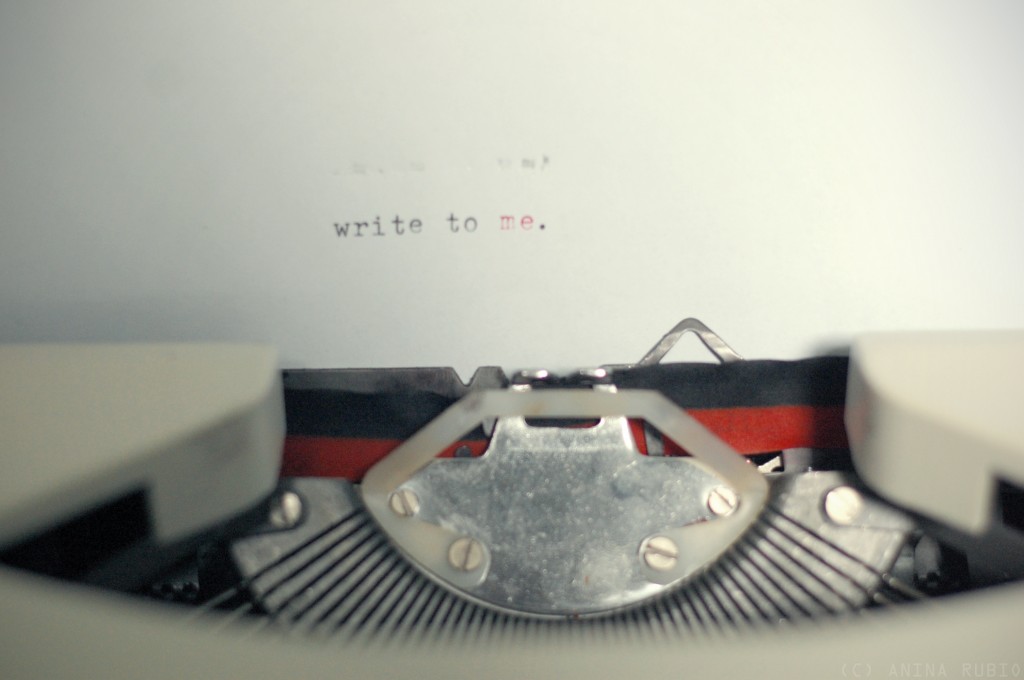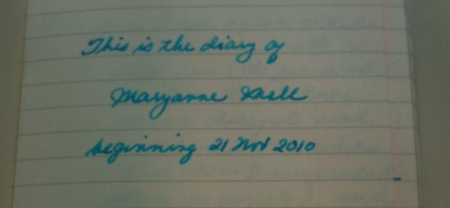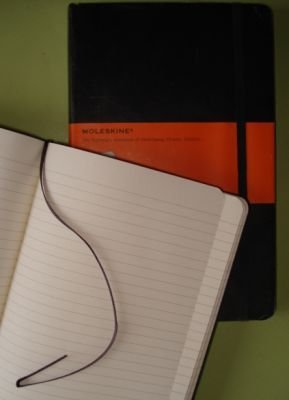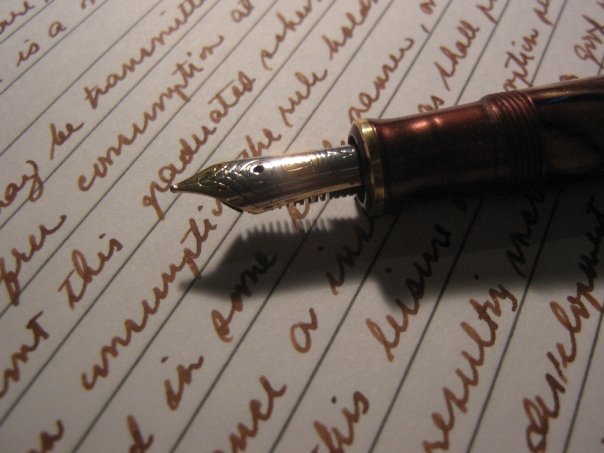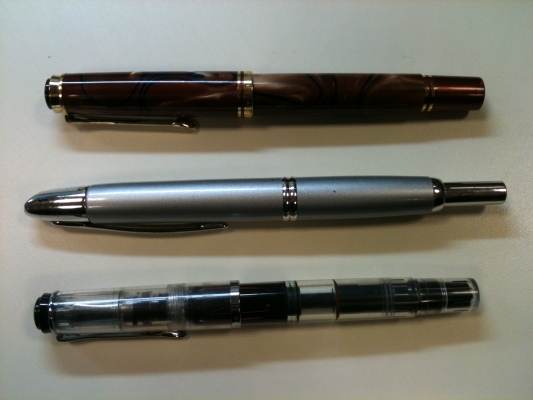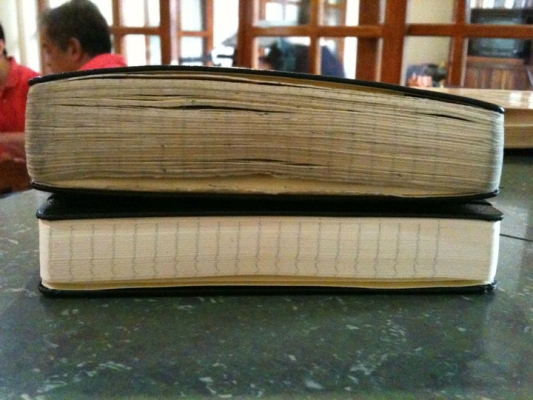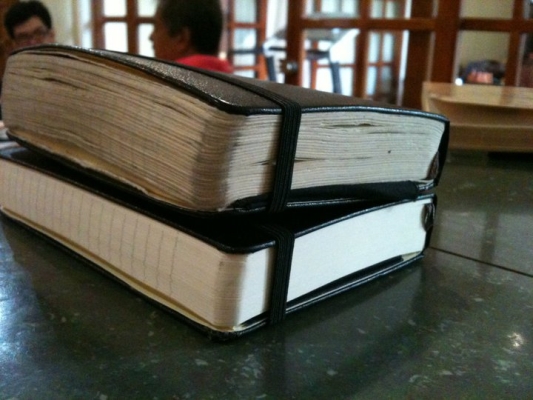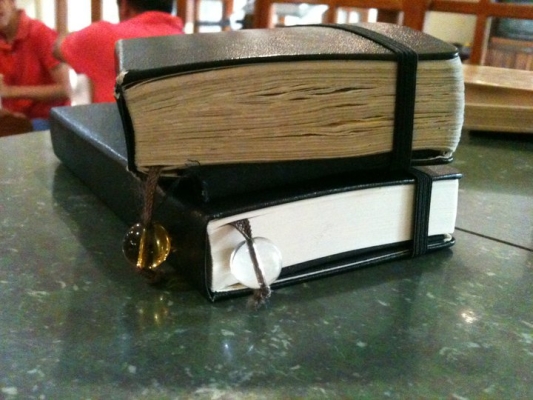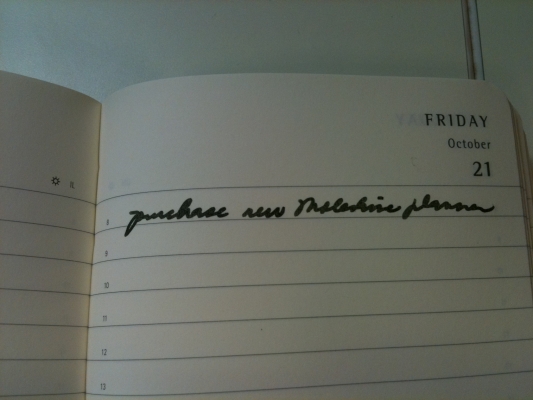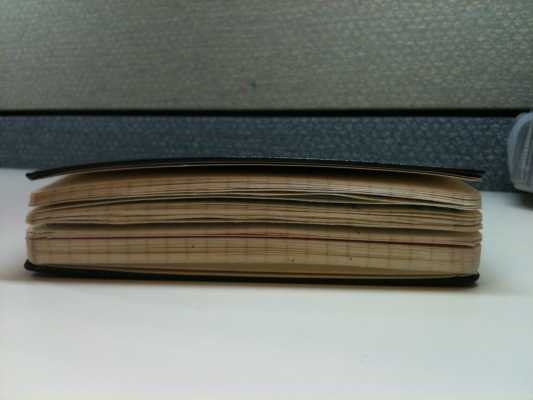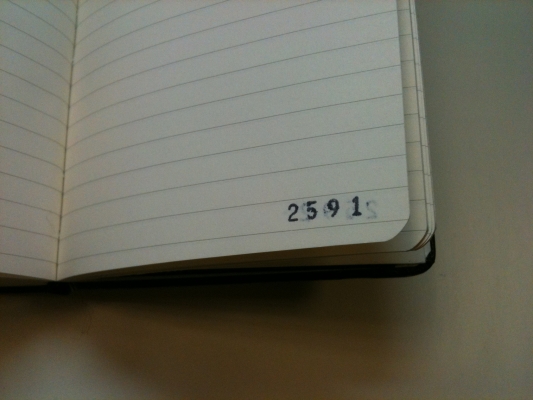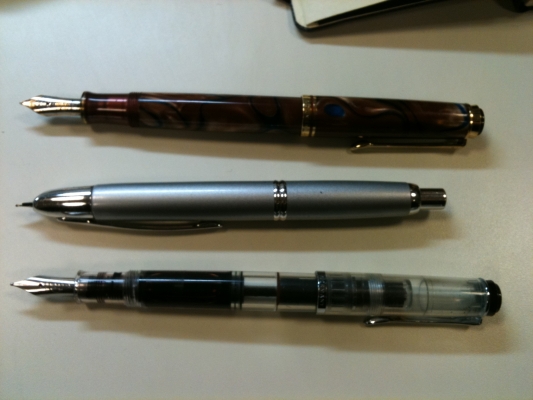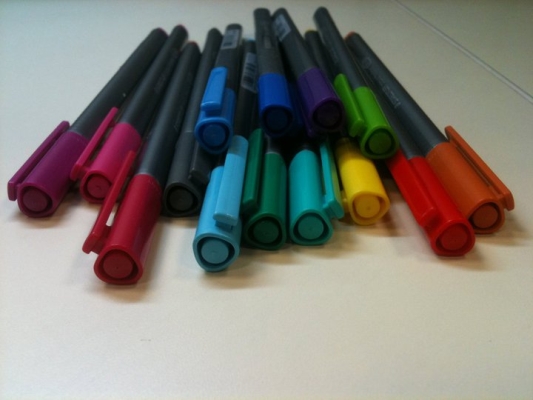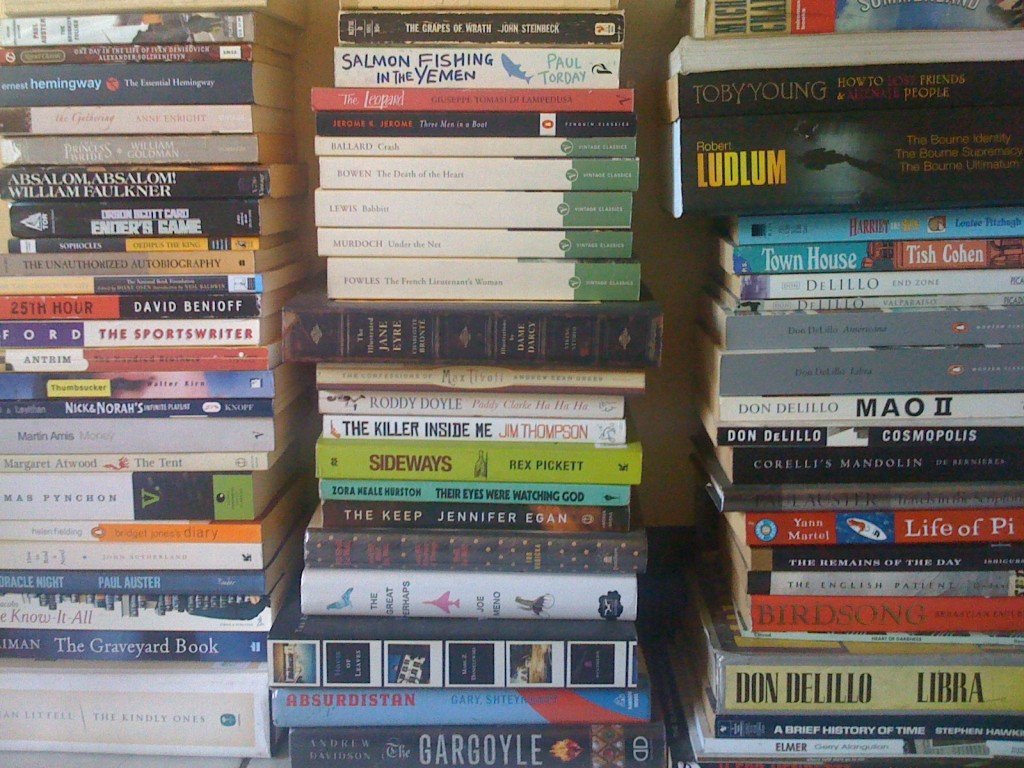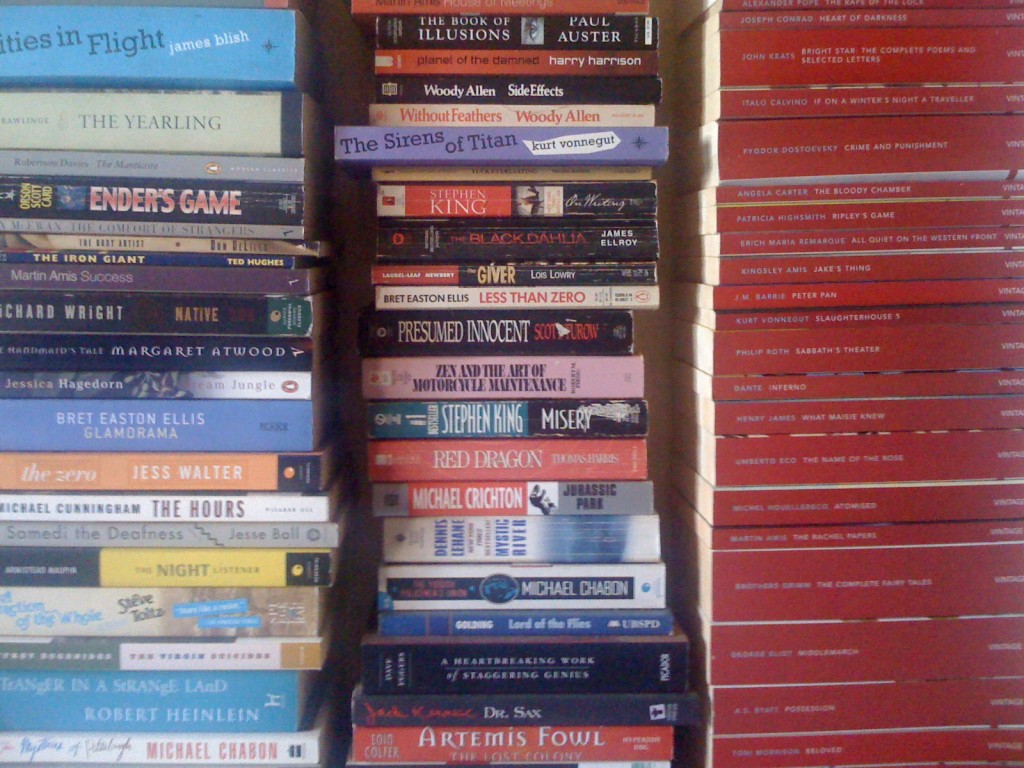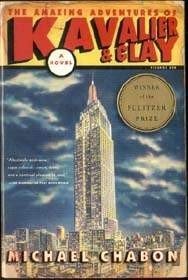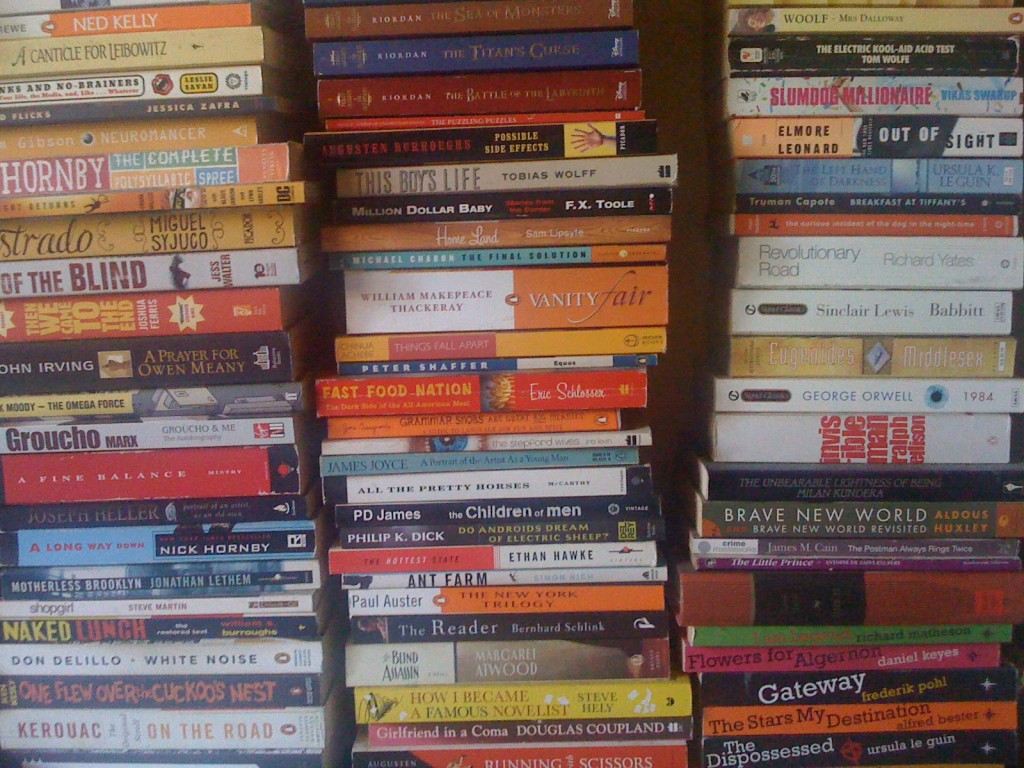Ms. Anina Rubio is our Featured Customer for the month of May. She is incidentally the winner of our Share Moleskine Love Moleskine giveaway held last year, June 2010. It is not just books and Moleskines for Ms. Rubio, she’s also into lomography, the Sandman and… just continue reading and enjoy the photos! Our comments section is very much open so feel free to name the books, graphic novels and spot the miscellanies!
– Let’s start with your love for Moleskine. How did it all began? What is your favorite type?
I’ve always had notebooks/journals since I was in high school. It was just 2 years ago when I decided I needed a sleek, elegant, and vintage looking journal which I can bring with me anywhere and everywhere. That’s when I got myself a Moleskine. Luckily I also won in Avalon.ph‘s Moleskine giveaway so I have about 7 Moleskine notebooks now 😀
My favorite would be the Pocket sketchbook! I like posting things from places Ive been to (tickets, mini photos, baggage tags, etc) and I draw most of the time when Im too lazy to write so I need that blank page to cover up an entire day’s worth of thoughts.
==========
– What are the silliest things you write/keep in your Moleskine notebooks?
Im not sure if it counts as silly, but I whenever I leave a notebook, I write something on any form of paper – in most cases Starbucks tissue (of course, clean ones!) does the trick. Then, I stick the tissue with writings on the blank pages of my Moleskine.
==========
– Being both a Moleskine and a book lover, are you worried that eventually you will outgrow them and go solely digital?
Oh no, no, no. I don’t think Ill ever outgrow anything analog (I shoot in film as well)! When it comes to journals, I like writing/drawing a lot so I make sure I bring a pen and a notebook anywhere. When I have time, I use the typewriter (that my bestfriend gave me) to just make a single journal entry! In terms of books, for me, Books are best read when you can feel the pages and turn them one leaf at a time. There’s a sense of fulfillment whenever I see how much I’ve read or how many books I added to my library 🙂
==========
– On books, who do you collect? Give us 3 books that you want other people to read and why?
Palahniuk, Gaiman, Kerouac, Camus, Vonnegut – they are my favorite authors.
These are my top 3 picks, not necessarily from the authors i love:
1. Fight Club – Chuck Palahniuk
The book in itself is thought-provoking and brilliant! The author wrote it in an unconventional manner but the story dealt with conventional issues of every person – work issues, mindless consumerism, violence, etc.
2. Griffin and Sabine trilogy – Nick Bantock
The story is not directly transcribed like how normal books are written. The reader is the one who creates the story by reading letters and postcards sent. It gives a sense of feeling that the reader is part of the story. The artworks are also magnificent 🙂
3. Tree of Codes – Jonathan Safran Foer
With it’s cut out pages, it literally looks like a tree of codes! The lines from the book are mostly from Schulz’s Street of Crocodile, but because of the die cut pages, it came out as if the combination of words from different pages made an entirely different story in itself! It’s visually captivating and poetic.
==========
– Blind buys. Sometimes people buy a book from an author they never heard before not having an idea what to expect. What is your best blind buy?
Anne Carson’s Nox.
I stumbled upon this book via google. I was searching for unique books with visuals and I came across Nox. After google-ing it further, I just felt I had to buy it. I had it shipped from UK and when the package finally arrived on my doorstep, I knew that the 1 month I waited was worth it.
The book is more like a box of memories intertwined with its accordion-like pages. It’s deeply moving, yes, in a way that it illuminates absence, loss, and a brother-sister relationship.
==========
– What are the writing and reading tools you can’t live without?
Pencil/Pens, Coffee/Milk tea, GOOD MUSIC!
When Im reading, though, I just keep a pencil with me. I put small check marks on lines that are worth remembering. My attention span is kind of short and Im easily distracted so I dont really listen to music if im reading. :))
==========
==========
– Lastly, share with us your favorite last line from a book.
About Anina Rubio.
Anina Rubio is an engineer, artist, and coffee-holic who is currently building her library of books. She shoots in film most of the time especially during her travels and explorations. She is a graduate of engineering and is now pursuing motion picture and tv production.
Twitter: http://twitter.com/aninarubio
Tumblr: http://aninarubio.tumblr.com
Lomography: http://lomography.com/homes/aninarubio
– all photos and images posted in this entry are the property of Ms. Anina Rubio.
